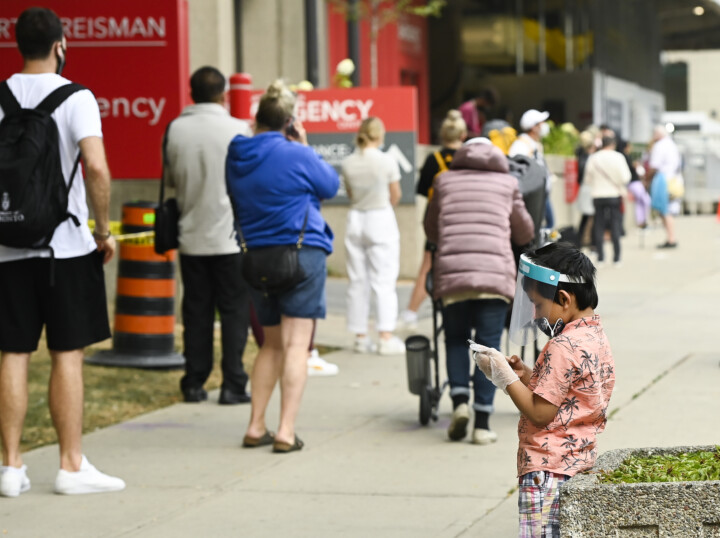From Victoria to St. John’s, Canadians are worried about violent crime. The data back up their concerns: Violent crime in our cities is rising.
This week, the Macdonald-Laurier Institute published the second volume of its Urban Violent Crime Report, written by myself and Richard Audas. We use Statistics Canada data from 20 of Canada’s largest census metropolitan areas (CMAs)—representing nearly two-thirds of Canada’s population—to explore changes in homicide, sexual assault, aggravated assault, and robbery, as well as the overall violent crime rate and violent crime severity index over the last decade.
The results are bleak. Using three-year rolling averages, we show that urban violent crime has increased in nearly every major urban area, and that the problem is no longer confined to the country’s largest centres. Over the last decade, the violent crime rate and the sexual assault rate have increased in all 20 CMAs we studied. For violent crime severity—an index that tracks more serious violent crimes—19 of 20 CMAs have experienced increases over the last five years and over the last decade.
In terms of region, violent crime is by far the worst in four Prairie cities. Regina, Saskatoon, Edmonton, and Winnipeg often record violent crime rates that are double those of other large cities. Winnipeg stands out as the most violent city in the country: its homicide rate is more than twice that of nearly every other city, while its robbery rate is more than four times higher than 16 of the other 19 CMAs.
Yet this Prairie exceptionalism should not detract from our central finding: The violent crime crisis has become national in scope. Smaller CMAs such as Kitchener-Cambridge-Waterloo, Halifax, and Victoria are now matching or even surpassing larger centres in violent-crime growth. Moncton and St. John’s currently have the highest violent crime rate of the 20 CMAs in our report, even higher than Winnipeg.
The report highlights a national surge in violent crime. What policy changes do you think are most crucial to address this trend?
Prairie cities like Winnipeg and Regina show particularly high violent crime rates. What might explain this regional disparity, and how can it be addressed?
The article criticizes the narrative that crime rates have declined since 1992. How does this disconnect between historical data and current public perception impact policy discussions?










Comments (8)
This is correct. Good summary. The supreme Court has made serious errors in judgement, IMO.
Our courts are overburdened with trying to legislate, rather than apply existing laws.
Why? There has to be reasons, I think this article points out a couple of smoldering specifics .
.